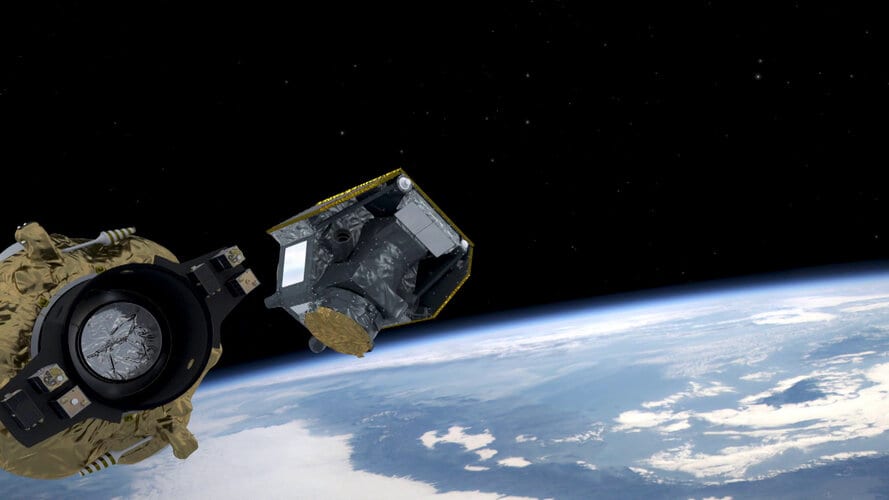
Video:
00:03:00
ESA’s first mission dedicated to the study of exoplanets is about to start its science operations after successfully completing its in-orbit commissioning phase.
Cheops (Characterising Exoplanet Satellite) was launched from Europe’s Spaceport in French Guiana on 18 December 2019. Since then the telescope cover opened and started observing its first stars. Now that the spacecraft, telescope’s optical performance, detectors and electronics are all working as planned, Cheops will study hundreds of known exoplanets orbiting bright stars. The mission will use the transit method – recording the minute dip in light as a planet passes in front of its host star – to measure planet sizes with unprecedented precision and accuracy and to determine their densities by combining these with independent measurements of their masses.
Cheops is a small (or S class) mission in ESA’s Science Programme, developed as a partnership with Switzerland, with important contributions from Austria, Belgium, France, Germany, Hungary, Italy, Portugal, Spain, Sweden and the United Kingdom. The science mission will continue until October 2023 and will expand our understanding of exoplanets and the Universe we live in.
Comments are closed.